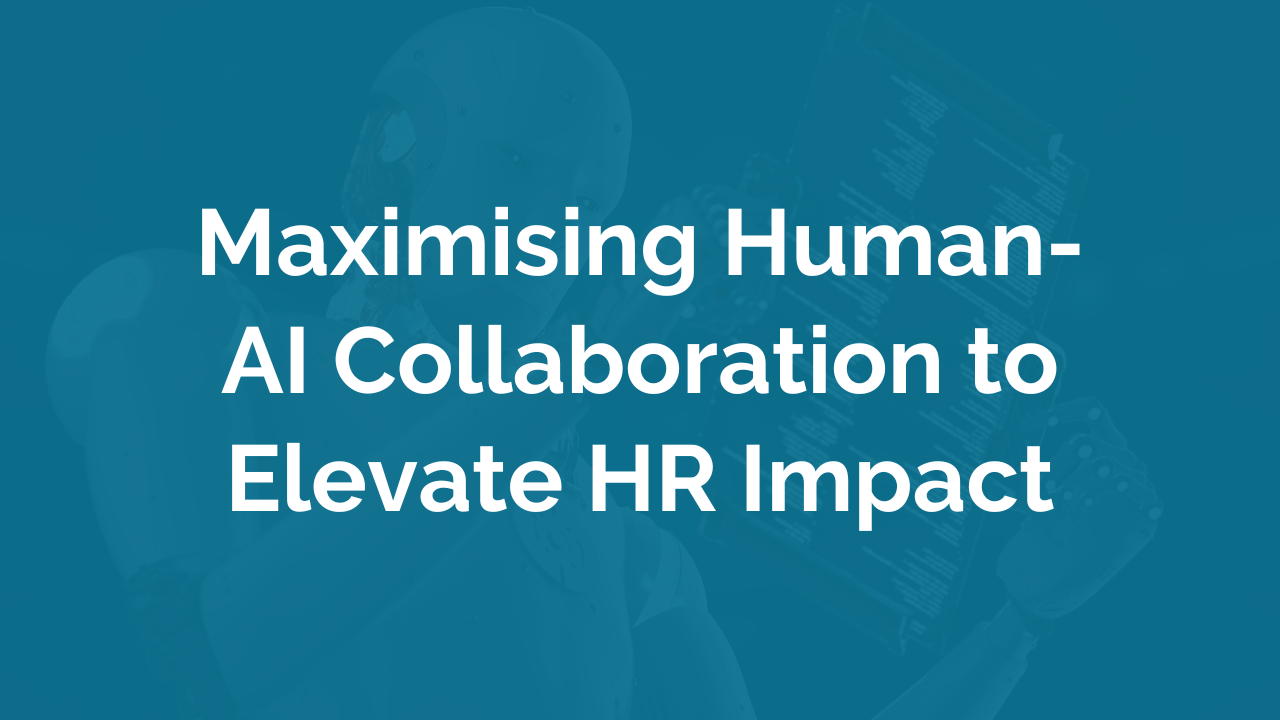With the recent public launch of our latest Insight222 Building the People Analytics Ecosystem: Operating Model v 2.0 research we wanted to highlight some of our key findings, what it means for people analytics, and how it can drive strategic decision-making and deliver impactful business outcomes.
Read MoreWith senior stakeholders taking a wider interest in the tangible financial benefits of their people function over the years, the people analytics function has achieved significant growth and influence across the business landscape.
Read MoreThe decisions we make today shape the strategic capabilities of tomorrow. To secure investment and buy-in from senior executives, it's crucial to demonstrate the tangible financial benefits of people analytics. Our Insight222 People Analytics Trends 2023 report highlights that Leading Companies are already leveraging people analytics to drive financial outcomes.
Read MoreNew technologies are playing an increasingly important role in shaping the way organisations operate. We are seeing sales teams using AI-powered tools to improve their lead generation and customer acquisition processes, while marketing teams are leveraging data analytics and automation to optimise their campaigns and create more personalised consumer experiences.
Read MoreNo organisation can build a sustainable, successful people analytics function without clear understanding of what it should and shouldn’t do. Data ethics is the compass for all analytics work. An Insight222 survey with 57 companies* shows the extent of the challenge: 81% of companies report that their workforce analytics projects were sometimes or often jeopardised by data ethics/privacy concerns. In this post, Dirk Petersen reviews how organisations can ensure that they have an ethics charter in place for their People Analytics projects.
Read MoreThe first North America Insight222 Peer Meeting of 2024, hosted by Colgate Palmolive, unfolded in the vibrant city of New York. It brought together people analytics professionals and industry experts for two days of insightful discussions, collaborative learning, and strategic networking.
Read MoreIn today’s digital age, where AI adoption has become a competitive necessity, the question facing every HR leader is not whether to include AI in their strategic toolkit but how best to integrate it. AI integration will only be as effective as its collaboration with the end user—humans—a notion underscored by recent research at MIT. Studying the synergy between AI and radiologists, the research revealed that while AI systems can rival or surpass human abilities in specific tasks, human biases in integrating AI insights can significantly undercut the potential benefits of such collaboration.
Read MoreThe journey towards a data-driven HR has been a slow but steady one. From traditional methods of recruitment, employee engagement and performance evaluation to using data and analytics to inform decisions, the HR industry has come a long way.
Read MoreThe integration of artificial intelligence (AI) into the fabric of our work environments is neither a new concept nor an easily digestible one. We have been using it for years. However, since the arrival of generative AI and large language models (LLMs) such as OpenAI's ChatGPT, DALL-E, and Google's BARD, their presence in our daily lives has become more apparent.
Read MoreData-driven analytics and human resources (HR) have long been seen as separate entities with little overlap. However, as we move further into the digital age, the two are becoming increasingly intertwined, especially in leading companies with strong people analytics functions.
Read More









